The trapped killer whales were first spotted by a local fisherman on Tuesday morning.
A pod of killer whales that appeared to be trapped by drifting sea ice off Japan's main northern island of Hokkaido has apparently escaped the icy area, according to a local official.
Officials from the town of Rausu conducted a ground search for the whales for about two hours on Wednesday, but no more than 10 orcas were found anywhere, Ryoji Aonuma told ABC News.
“It appears they fled, but we cannot be sure,” said Aonuma, who is leading the response to Rauso. Aonuma said their team got to within a kilometer of the last known location of the killer whales, while press helicopters circled above and locals piloted drones, capturing the scene.
Aonuma assured ABC News that as the ice melts and the situation improves, there is no need for further rescue efforts. “It's the end for us,” Aonuma said.
“Although we cannot confirm with certainty, I am confident that these whales found their way out, and made their way clear of the ice. We certainly hope they did,” Aonuma added.
Wildlife organizations from as far away as the United States and Russia have come forward to help, but Aonuma said direct human intervention in the area would have put humans and animals at risk.
Onuma said Tuesday night was a difficult situation.
“We were there before nightfall,” Aonuma said of the whales. “They didn’t have enough space. They couldn’t get out.”
Aonuma described the animals' coordinated struggle as the sun set, telling ABC News: “It looks like they're taking turns breathing, like they have an order to go to.”
Aonuma said the Japanese Coast Guard was on board the ship to assist.
“We discussed the possibility of icebreakers arriving to free the creatures,” Aonuma said. “There was a possibility that the icebreakers had pushed the ice inland, crowding them even further.” This approach may have inadvertently harmed the killer whales, possibly covering their breathing holes, Aonuma said.
“We really appreciate all the ideas and support we have provided,” Aonuma added, acknowledging the widespread concern.
While clarifying his non-expert status, Aonuma told ABC News: “Each of these animals has distinct characteristics and recognizable natural markings. They have a long range. It is possible that someone somewhere along the way could be in a sightseeing boat.” […] We will monitor and identify one of these animals through circulating pictures, which proves that it escaped with its life.”
On Tuesday, Wildlife Pro LLC shared drone footage, filmed by Seiichiro Tsuchiya, of the then-trapped killer whales on Facebook, where viewers can see the killer whales bobbing their heads in and out of the icy water. Tsuchiya said the killer whales appeared to be struggling to breathe and were unable to swim freely.
“I saw about 13 killer whales with their heads sticking out of a hole in the ice,” Tsuchiya said. Japanese public broadcaster NHK. “They appear to be struggling to breathe, and there appear to be three or four calves between them.”
A similar incident occurred in Rausu in 2005, according to NHK, where nine killer whales reportedly died after becoming trapped in ice floes.
ABC News' Anthony Trotter contributed to this report.

“Infuriatingly humble alcohol fanatic. Unapologetic beer practitioner. Analyst.”

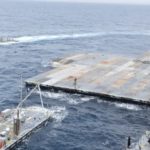

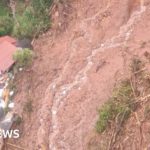

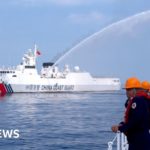
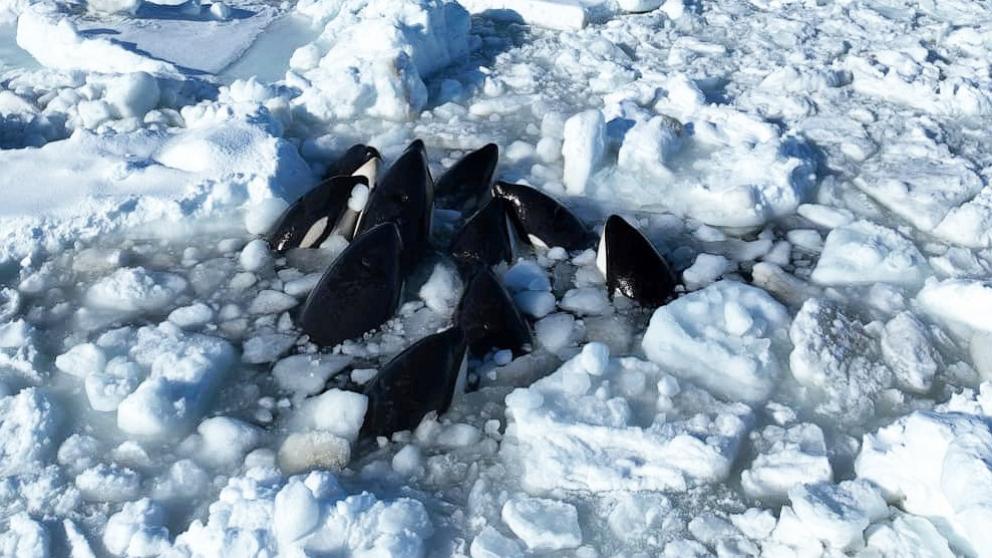
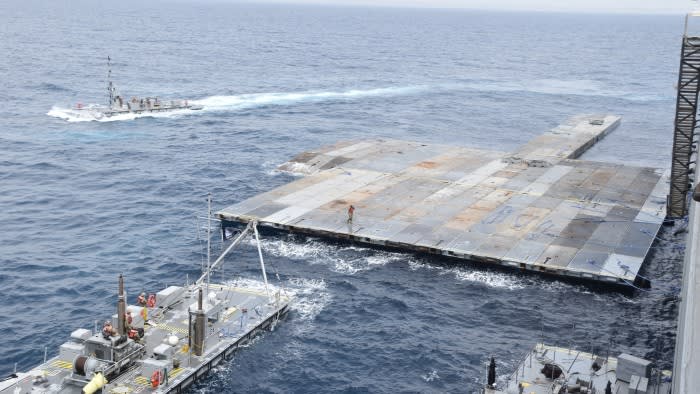

More Stories
The United States is close to completing the construction of a $320 million floating dock to aid Gaza
Brazil floods: People stranded on rooftops in Rio Grande do Sul
BBC on board a boat chased by China in the South China Sea